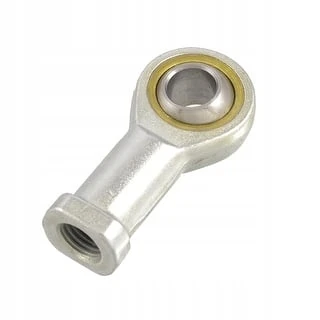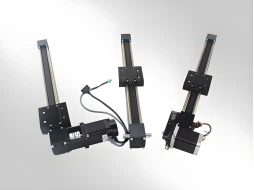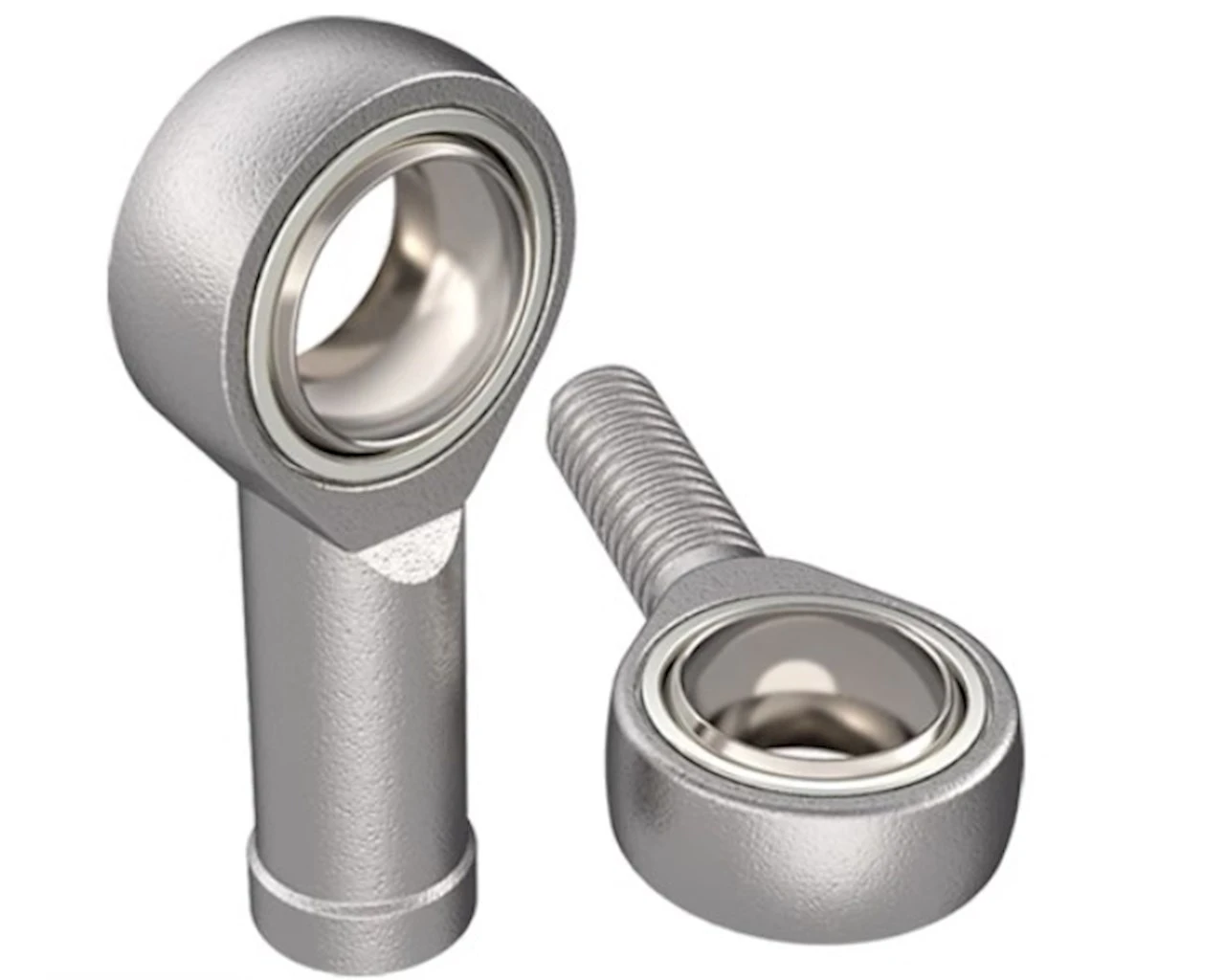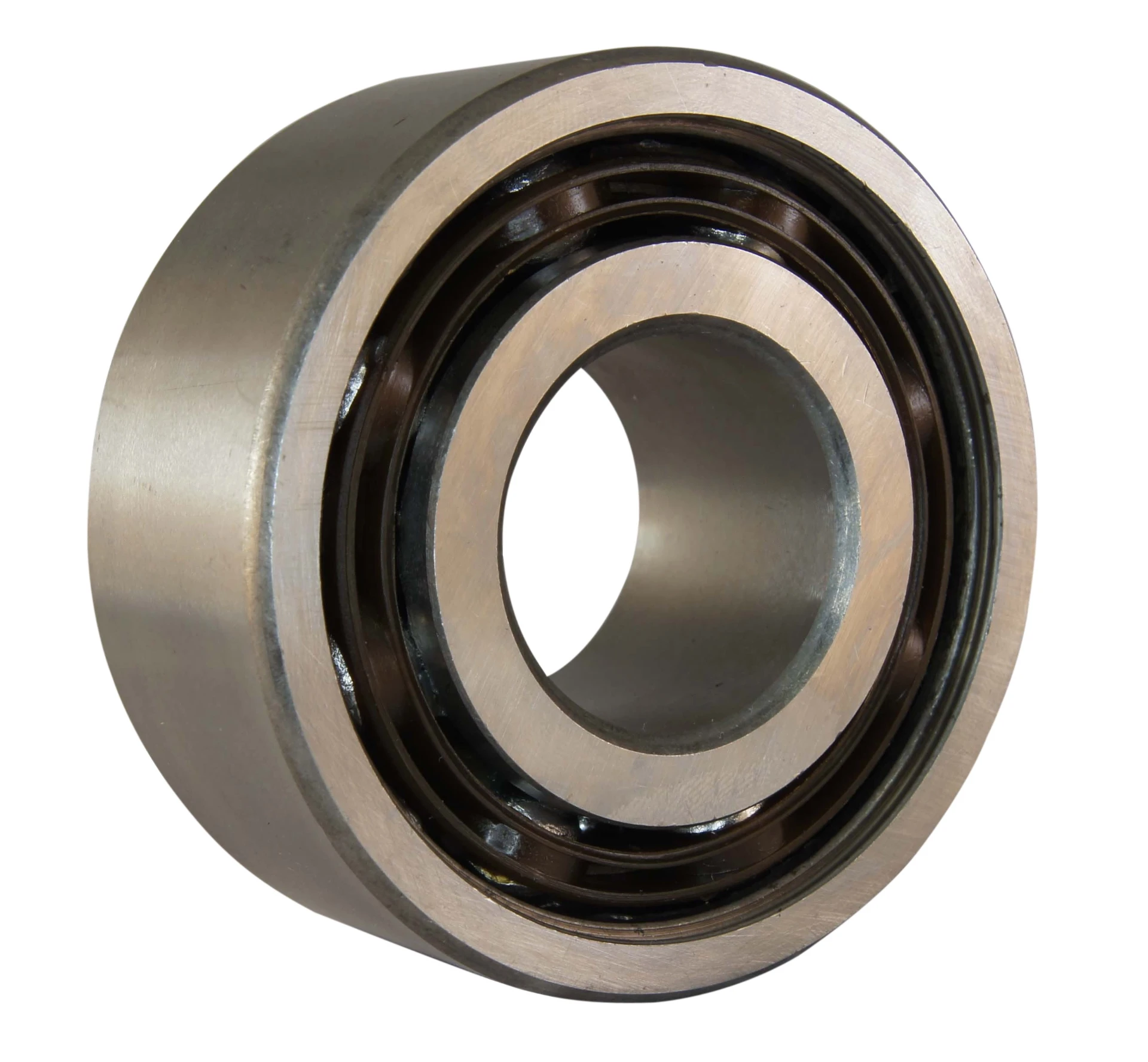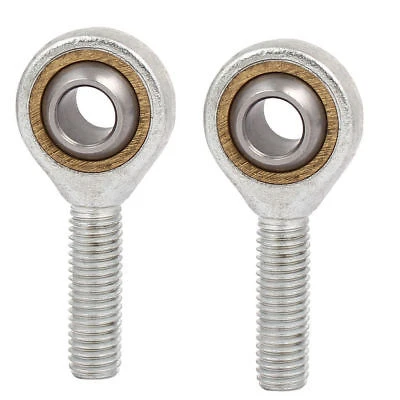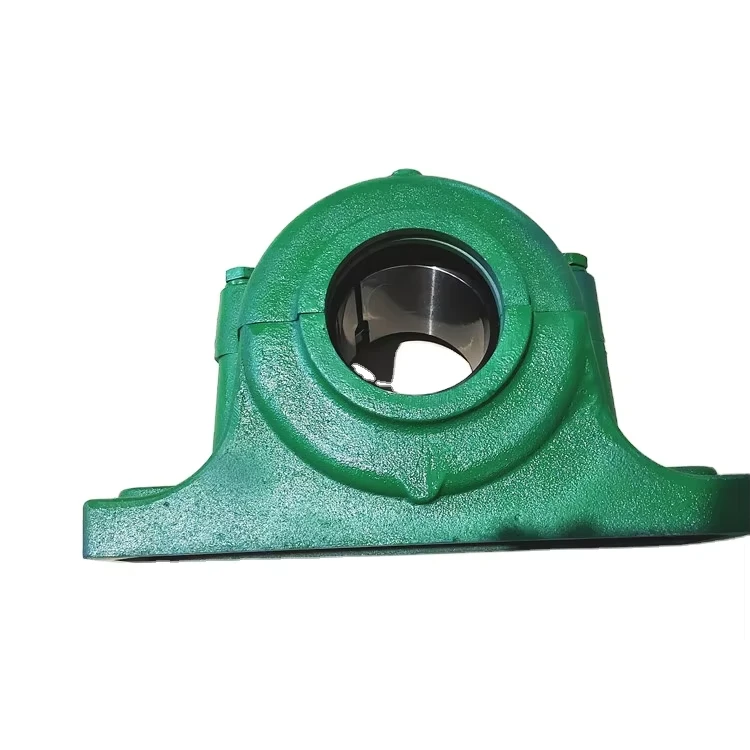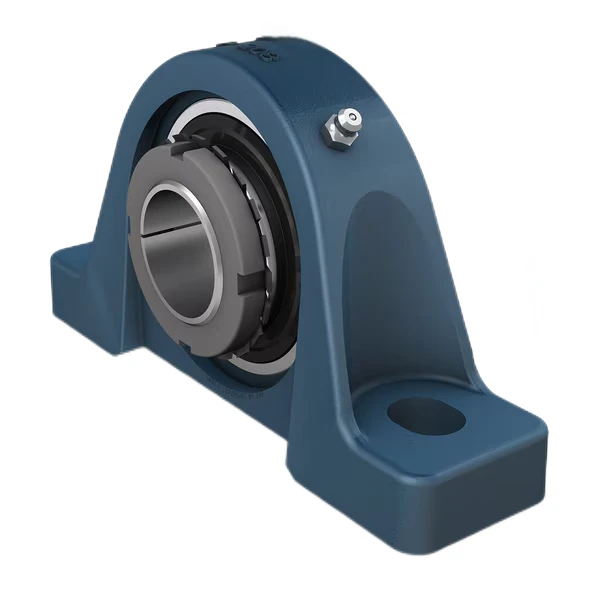Oct . 24, 2024 10:15 Back to list
Understanding Linear Guide Bearings: Key Components for Precision Motion
Understanding Linear Guide Bearings: Key Components for Precision Motion
Linear guide bearings are vital components in various industrial applications, providing precise and smooth linear motion. These bearings are designed to support loads while allowing for movement along a straight path. As industries demand increased accuracy and efficiency, understanding the characteristics and applications of linear guide bearings becomes essential. This article delves into the types, advantages, and applications of linear guide bearings, highlighting their significance in modern engineering.
H2:What Are Linear Guide Bearings?
Linear guide shaft are mechanical devices that enable smooth movement along a defined linear path. They consist of a rail and a carriage, with the bearing elements situated between them. The carriage glides along the rail, allowing for controlled motion with minimal friction. Linear guide bearings can be classified into several types, including ball linear guides, roller linear guides, and plain linear bearings. Each type offers distinct advantages depending on the application requirements.
H2:Types of Linear Guide Bearings
Ball linear guides are the most commonly used type, featuring a series of balls that facilitate smooth movement. The balls reduce friction between the rail and the carriage, allowing for high precision and low resistance. These bearings are ideal for applications requiring fast movement and high accuracy, making them prevalent in CNC machines and automation equipment.
Roller linear guides, on the other hand, use cylindrical rollers instead of balls. This design allows for higher load capacities and greater rigidity. Roller linear guides are suitable for heavy-duty applications, such as in construction equipment and industrial machinery, where robustness is essential.
Plain linear bearings operate without rolling elements. They use a sliding mechanism, which can be advantageous in environments with high contamination levels. While they may not offer the same level of precision as ball or roller guides, plain linear bearings are often more cost-effective and easier to maintain.
H2:Advantages of Linear Guide Bearings
One of the primary benefits of linear guide bearings is their ability to provide precise linear motion. This precision is crucial in applications such as machining, robotics, and medical devices, where accuracy is paramount. The low friction characteristics of these bearings reduce wear and extend the lifespan of both the bearings and the equipment they support.
Another significant advantage is the versatility of linear guide bearings. They can be used in various orientations, including horizontal, vertical, and inclined applications. This adaptability allows engineers to design systems that meet specific operational requirements without compromising performance.
Linear guide bearings also contribute to improved efficiency in mechanical systems. Their smooth motion minimizes energy consumption, reducing the strain on motors and other components. This efficiency can lead to lower operational costs and enhanced productivity in industrial settings.
H2:Applications Across Industries About Linear Guide Bearings
The applications of linear guide bearings span multiple industries, reflecting their versatility and importance. In the manufacturing sector, they are commonly used in CNC machining centers, enabling precise cutting and shaping of materials. The automotive industry also relies on linear guide bearings for assembly lines and robotic automation, enhancing production efficiency.
In the medical field, linear guide bearings play a critical role in diagnostic and surgical equipment. Devices such as MRI machines and robotic surgical systems require precise movement for accurate imaging and interventions. The reliability and precision of linear guide bearings contribute to improved patient outcomes and operational efficiency in healthcare facilities.
The packaging industry utilizes linear guide bearings in automated packaging machinery, ensuring smooth and efficient operation. This technology allows for rapid movement of products, improving throughput and reducing downtime.
H2:Maintenance and Care of Linear Guide Bearings
Proper maintenance is essential for ensuring the longevity and performance of linear guide bearings. Regular inspections can help identify signs of wear or damage early, allowing for timely replacements or repairs. Lubrication is another critical aspect of maintenance; using the appropriate lubricant reduces friction and wear, prolonging the life of the bearings.
Environmental factors can also impact the performance of linear guide bearings. Contaminants such as dust, dirt, and moisture can lead to premature wear. Implementing protective measures, such as seals or covers, can help mitigate these risks and maintain optimal performance.
H2:Future Trends in Linear Guide Bearing Technology About Linear Guide Bearings
As technology continues to evolve, linear guide bearings are also experiencing advancements. The integration of smart technology, such as sensors and IoT connectivity, is becoming increasingly prevalent. These innovations enable real-time monitoring of bearing performance, providing valuable data for predictive maintenance and operational efficiency.
Additionally, advancements in materials science are leading to the development of lighter, stronger, and more durable bearing materials. This progress enhances the performance characteristics of linear guide bearings, making them suitable for even more demanding applications.
-
Double Threaded Screw Slide: Achieving an Astounding Precision of 0.01mm while Bearing 100kg!
NewsApr.28,2025
-
Notice of May Day Labor Day Holiday |
NewsApr.24,2025
-
Lightning - Fast 90° Rotation and Pick - up in 6 Seconds!
NewsApr.24,2025
-
Revolutionary 10 - Meter Travel Linear Motors Unveiled
NewsApr.24,2025
-
Linear Module Dual-station Multi-mover Guided Dispensing: A Reliable Helper in Production
NewsApr.22,2025
-
Stop Worrying About Item Transferring! Linear Modules to the Rescue!
NewsApr.18,2025
Products categories
-
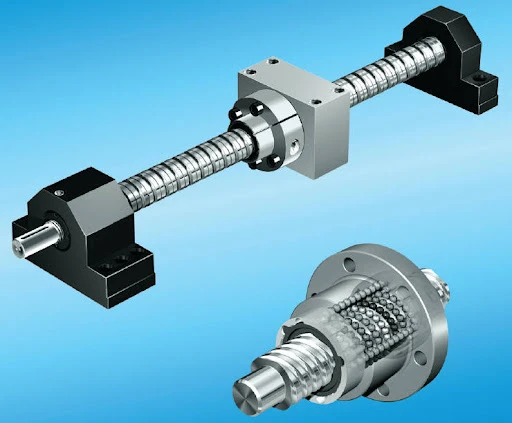 Double Threaded Screw Slide: Achieving an Astounding Precision of 0.01mm while Bearing 100kg!Double thread screw slide # high precision # high loadRead More
Double Threaded Screw Slide: Achieving an Astounding Precision of 0.01mm while Bearing 100kg!Double thread screw slide # high precision # high loadRead More -
 Notice of May Day Labor Day Holiday |Notice of May Day Labor Day Holiday | Grateful for Your Company, Looking Forward to New Achievements TogetherRead More
Notice of May Day Labor Day Holiday |Notice of May Day Labor Day Holiday | Grateful for Your Company, Looking Forward to New Achievements TogetherRead More -
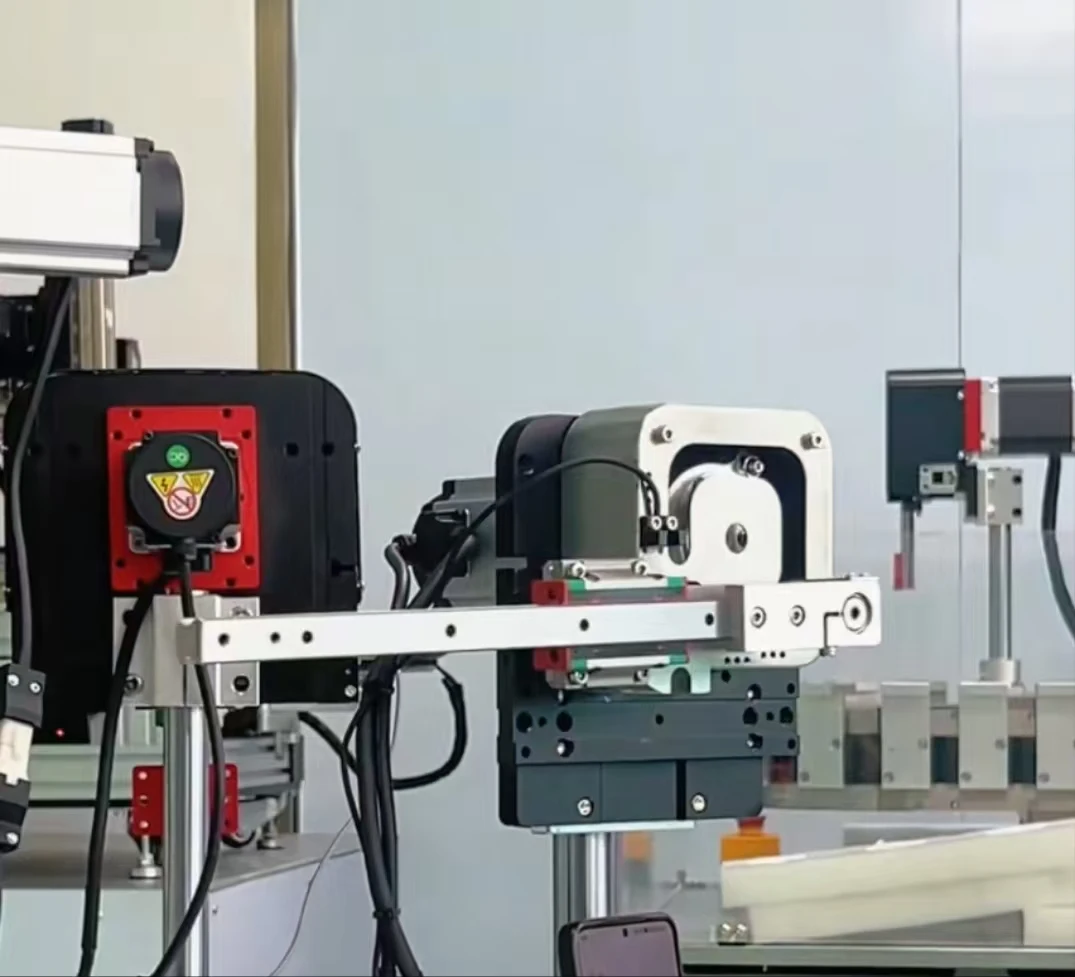 Lightning - Fast 90° Rotation and Pick - up in 6 Seconds!In the fast - paced race of industrial production, efficiency is the core of competitiveneRead More
Lightning - Fast 90° Rotation and Pick - up in 6 Seconds!In the fast - paced race of industrial production, efficiency is the core of competitiveneRead More
Manufacturing & Processing


